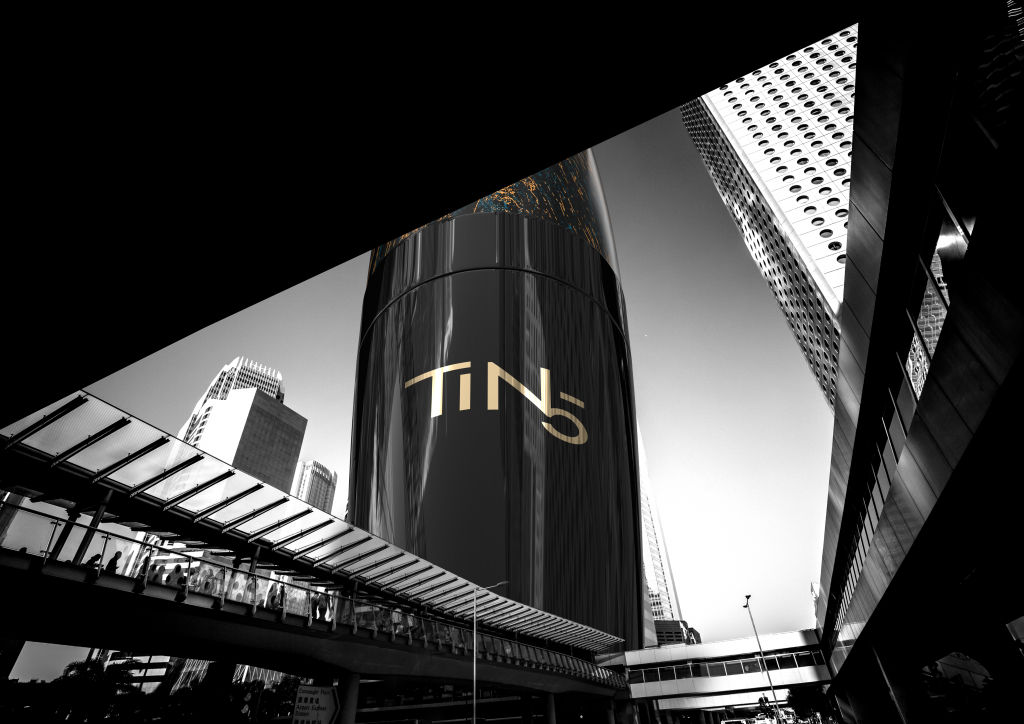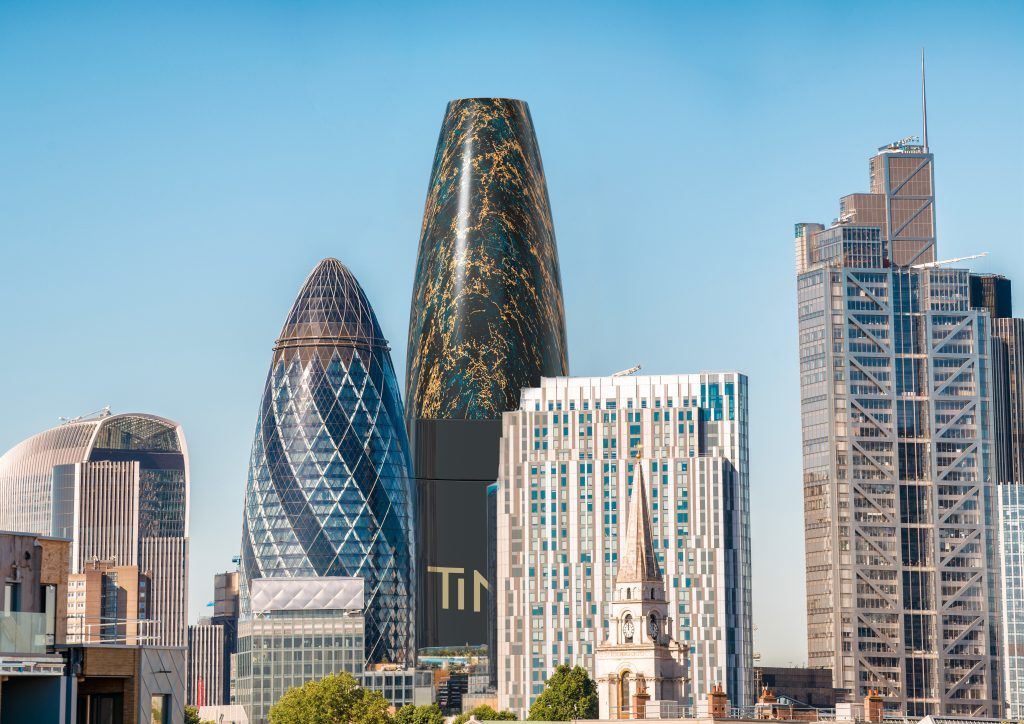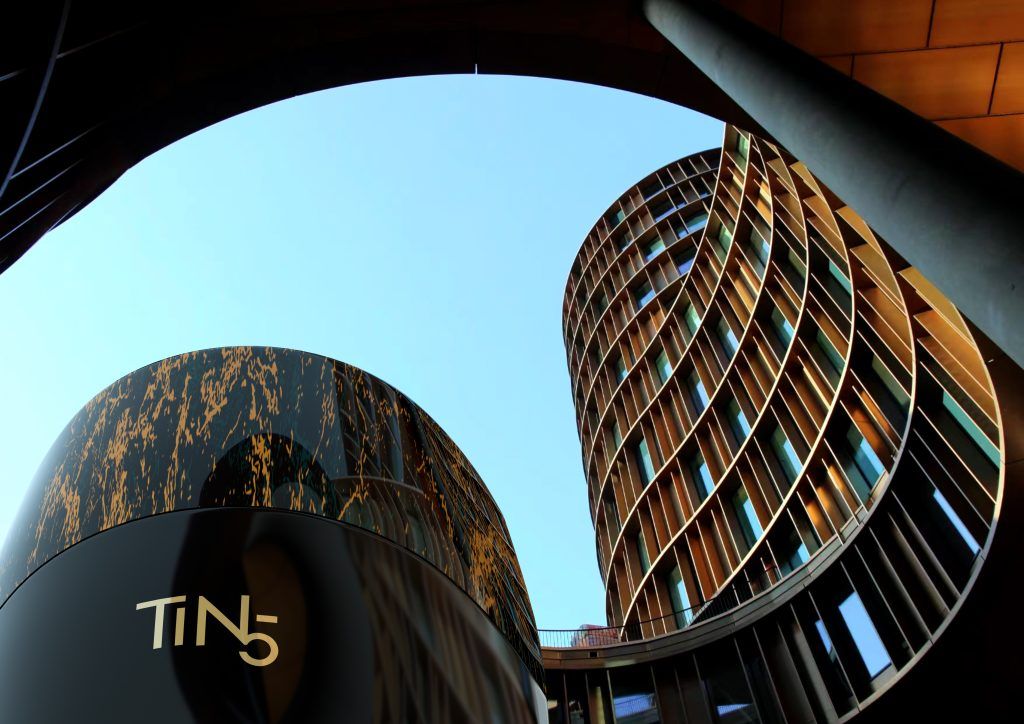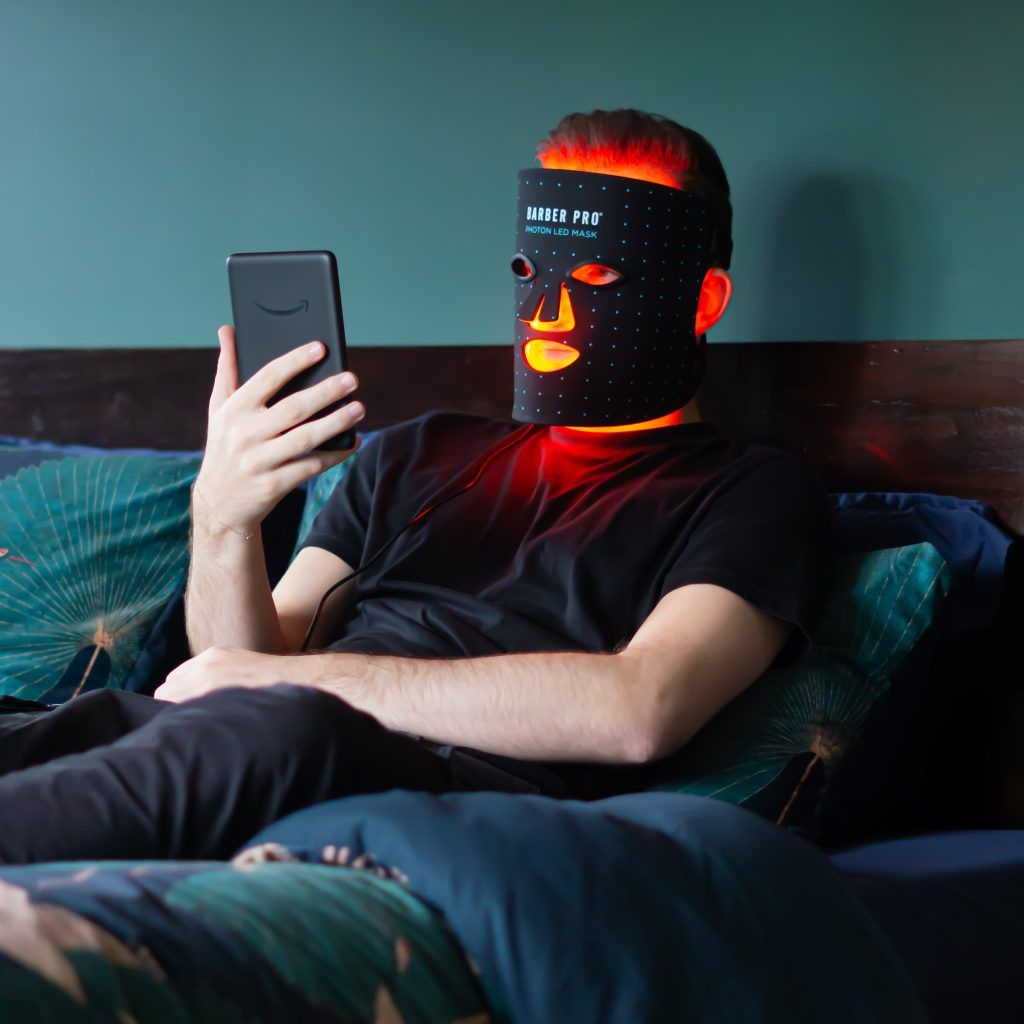The global beauty industry has long been associated with women, but in recent years, there’s been a noticeable shift. Male beauty is on the rise, with a wave of new products and influencers normalising everything from skincare routines to full makeup regimens for men. What was once considered niche is now moving toward mainstream acceptance, thanks in part to celebrity-endorsed brands, cultural shifts, and a growing demand for self-expression. Nowhere is this trend more visible than in Asia, where male beauty has been embraced as part of daily life.
But how did we get here? And what’s next for the male beauty industry, especially in regions where it’s already part of the cultural fabric?
A Global Surge in Male Beauty
The male beauty industry is evolving at a breakneck pace. Historically, men’s grooming has been limited to basic hygiene products like cologne and shaving kits, but today, that’s just the tip of the iceberg. Men’s skincare, makeup, and other beauty essentials are gaining momentum, signalling a fundamental shift in the way men view self-care and personal appearance.
According to a report by Future Market Insights (FMI), the male colour cosmetics market grew at a compound annual growth rate (CAGR) of 8.7% from 2018 to 2022. Even more striking, it’s expected to accelerate to a CAGR of 9.4% from 2023 to 2033.
One reason for this boom is the rise of high-profile celebrity beauty brands. Take, for instance, Harry Styles, whose Pleasing nail polish line has made headlines for breaking gender barriers in beauty. Meanwhile, Brad Pitt launched Beau Domaine, a gender-neutral skincare line, and Idris Elba co-founded S’able Labs, which focuses on skincare for both men and women. Even Machine Gun Kelly has entered the arena with his UN/DN LAQR nail polish collection, signalling that beauty for men has gone from subculture to pop culture.
These celebrity-backed brands aren’t just making waves in the U.S. According to data from the ‘buy now, pay later’ platform Clearpay, overall beauty spending among UK men has surged by 77% year over year. Nail care products saw the biggest jump, with a 103% increase from 2022, followed by fake tan products (44%) and skincare (22%). What was once unthinkable is now a lucrative sector, with men showing a willingness to invest in products that go beyond traditional grooming.
“Cultural attitudes towards male grooming have undergone a paradigm shift, moving from a binary construct to a more nuanced understanding,” Nicholas Chow, the founder and CEO of Hong Kong-based skincare brand TiN5 Skin, told BurdaLuxury. “There’s been a redefinition of masculinity that embraces vulnerability and self-care, as well as a growing recognition of skincare as a form of mindfulness and self-respect.”
Influencers Propelling the Trend
Alongside celebrities, male beauty influencers have played a crucial role in making beauty accessible to men. YouTube and Instagram stars like PatrickStarr, Jeffree Star, and Bretman Rock have cultivated massive followings by offering tutorials, product reviews, and beauty tips targeted at male audiences. These creators are helping to normalise the idea that beauty isn’t just for women – it’s for everyone.
Patrick Starr, for example, frequently posts makeup tutorials for men, offering guidance on everything from basic skincare to full glam. Jeffree Star, a beauty mogul in his own right, consistently pushes boundaries with his bold looks and high-profile collaborations with brands like Morphe. Bretman Rock, known for his playful and flamboyant style, has gained a significant following by challenging traditional gender norms.
This new wave of influencers isn’t just offering beauty advice – they’re helping to redefine masculinity. By showing that men can embrace makeup and skincare without sacrificing their identity, they’ve opened the door to a more inclusive beauty culture.
Socio-cultural shifts have played a significant role. “I recognise that this trend is not merely about aesthetics, but reflects a deeper transformation in masculinity constructs,” said Chow. “Men nowadays are more willing and free to express self-care and self-love. With the cultural shift towards increased awareness of physical, mental and spiritual well being, skincare is seen as an extension of health. Also, the deconstruction of traditional gender norms, allowing for more fluid expressions of identity, has led to a greater celebration of men taking care of themselves.”
The Asia Connection: Male Beauty as a Cultural Norm
While the male beauty trend is relatively new in Western markets, in Asia, it’s been part of the cultural landscape for years. In countries like South Korea and Japan, men’s grooming routines have long included products like BB cream, foundation, and eyebrow pencils. Male beauty is seen not as a break from tradition but as a form of self-care and professional presentation.
In fact, the global popularity of K-pop has further cemented male beauty as a norm. K-pop idols like BTS, EXO, and BIGBANG are known for their flawless skin and expertly applied makeup. These male celebrities have helped reshape cultural norms, making it more acceptable for men to take pride in their appearance.
“Recent K-pop trends, such as glass skin, well-groomed eyebrows, and tinted lips, align closely with our top-performing products (concealers, brow pencils, and tinted lip balms),” US-based brand Differio’s CEO Jimmy Chrabieh told BurdaLuxury. “This influence from Asian pop culture has been instrumental in making male makeup products more mainstream.”
In April 2024, Taiwanese singer Jay Chou was named La Mer’s first-ever male ambassador, signalling the luxury skincare brand’s acknowledgment of Asia’s thriving male beauty market. This move wasn’t just about marketing; it reflected a deeper understanding that men in Asia are serious consumers of high-end beauty products. Whether it’s skincare from brands like Shiseido or luxury items from Chanel, Asian men are investing in beauty – and the market is responding.
“In fashion-forward cities like Seoul, Tokyo, and Shanghai, men are highly invested in their appearance, spending on products like BB creams, concealers, and hair care items,” Jane Saint, National Trainer and merchandiser of Korean brand BeautyPro, explained to BurdaLuxury. “The rise of K-pop and J-pop culture has influenced men across Asia to adopt more polished and beauty-conscious looks. Celebrities and male idols endorse beauty products, making them socially acceptable.”
How the Trend Evolved
To understand how male beauty became mainstream in Asia, it’s important to look at the cultural forces that have shaped this trend. South Korea, in particular, has led the charge with its K-beauty phenomenon. The K-beauty industry, renowned for its innovative products and emphasis on skincare, has long been marketed to men too, offering everything from BB creams to sheet masks specifically designed for male skin.
In Japan, the trend is equally prevalent. Japanese men have incorporated beauty routines into their daily lives, not just as a trend but as part of their overall grooming habits. The rise of “ikemen” (handsome men) culture, where looking polished is seen as a marker of success, has made male beauty an everyday affair rather than a special occasion practice.
Social media has also played a crucial role in spreading these trends. “With the widespread reach of social media, men from various soci-economic backgrounds are now able to share male makeup routines, reviews, advice, etc., further dispelling the stigma around masculinity and self-care,” said Chrabieh.
Brand’s Tapping into the Male Beauty Market
It’s not just influencers driving this movement – high-end brands have taken notice as well. Luxury labels like Chanel and Dior have developed entire collections aimed at men. Chanel’s Boy de Chanel line, which includes everything from lip balm to eyebrow pencils, is designed to cater specifically to male consumers. Dior’s Homme Dermo System is a skincare range that targets the unique needs of men’s skin, recognising the growing demand for effective and luxurious products.
Even more affordable brands are jumping on board. In South Korea, Etude House and Innisfree offer male-specific product lines that are wildly popular among younger consumers. These brands have embraced the idea that men care about their appearance and are willing to invest in products that help them look their best.
The key to success in the male beauty market seems to be creating products that are both functional and discreet. Many men, particularly in Asia, prefer products that enhance their appearance subtly. For example, BB creams that even out skin tone or eyebrow pencils that create a more defined look are popular because they provide a polished, natural effect rather than a bold statement.
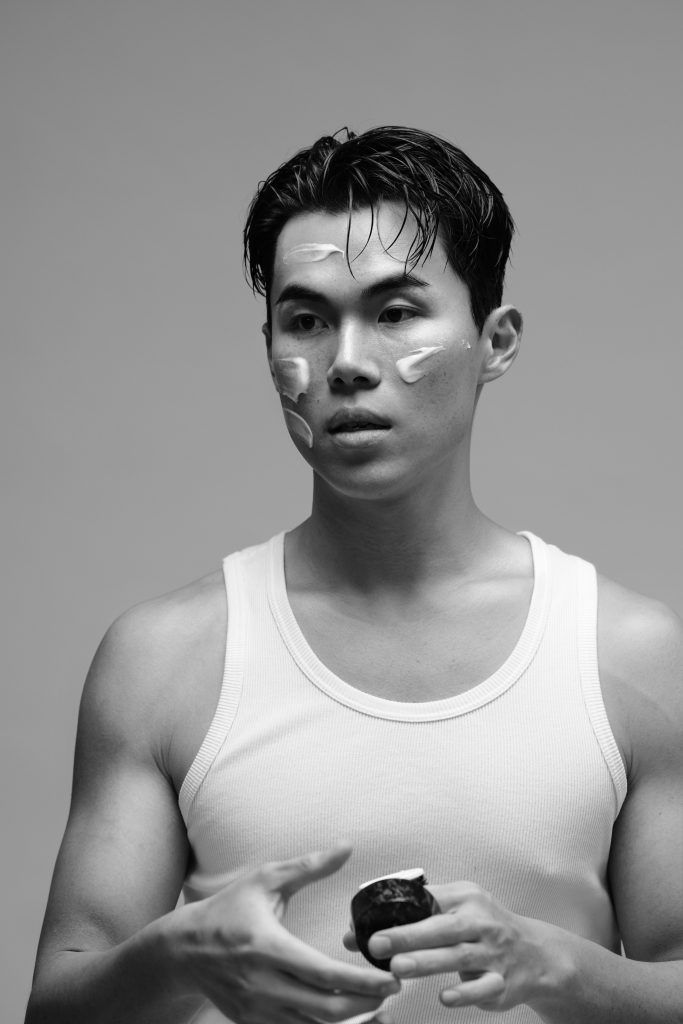
The popularity of TiN5 Skin’s products varies significantly depending on the generation of the consumer. “Gen Z tends to favour makeup and basic entry-level skincare (cleanse), whereas young professionals (25-50) focus more on a full skincare routine, embracing their own wellbeing and mindfulness,” shared Chow. The brand’s signature three-step routine is the most popular: Enzyme Wash, The Concentrate and Hydragel.
Differio’s top-performing men’s makeup products span lip, face, and eye cosmetics. “We’ve found that our bestsellers all have common features: easy to use and quick to apply, indicating that male consumers are seeking practical solutions for their everyday routines,” stated Chrabieh.
Saint noted that LGBTQ+ consumers, particularly gay men, play a pivotal role in driving the male beauty market, especially in cosmopolitan cities. That being said, BeautyPro’s consumers range from millennials and Gen Zs to metrosexuals and older populations. “Men are becoming more comfortable with taking care of their appearance, breaking away from the stereotype that beauty is exclusively for women, and are willing to try more inclusive and experimental products,” added Saint.
The Future of Male Beauty: What’s Next?
So, where does the male beauty trend go from here? If current growth rates are any indication, the future looks bright – and not just for the global market. In Asia, male beauty will likely continue to evolve, with more brands creating products tailored to the unique preferences of male consumers.
New categories are already emerging. Male-specific foundations, concealers, and anti-aging products are becoming increasingly popular, and brands are investing in research to develop products that cater specifically to male skin types. This focus on innovation will likely drive the next phase of growth in the industry.
Additionally, the trend is likely to expand beyond the traditional urban centres where it’s currently most prevalent. As social media continues to break down geographical barriers, male beauty is poised to reach consumers in smaller towns and rural areas, bringing a new wave of customers into the fold.
The rise of male beauty is not just a passing fad – it’s a significant shift in how society views masculinity and self-care. What started as a niche market has grown into a multi-billion-dollar industry, with celebrity-backed brands and influencers leading the charge. In Asia, male beauty is already part of the cultural fabric, and its influence is spreading globally.
“I foresee a shift towards more ‘gender-expansive’ rather than strictly male-oriented products,” said TiN5 Skin’s Chow, adding that the integration of biotech innovations will also be prominent in the future. “Also, with the increased awareness of skin health and holistic wellbeing, I anticipate the male beauty industry will mature more, with consumers better understanding their skin’s needs. This will likely lead to a rise in demand for ‘climate-adaptive’ beauty solutions responding to environmental changes and city-proof their skin.”
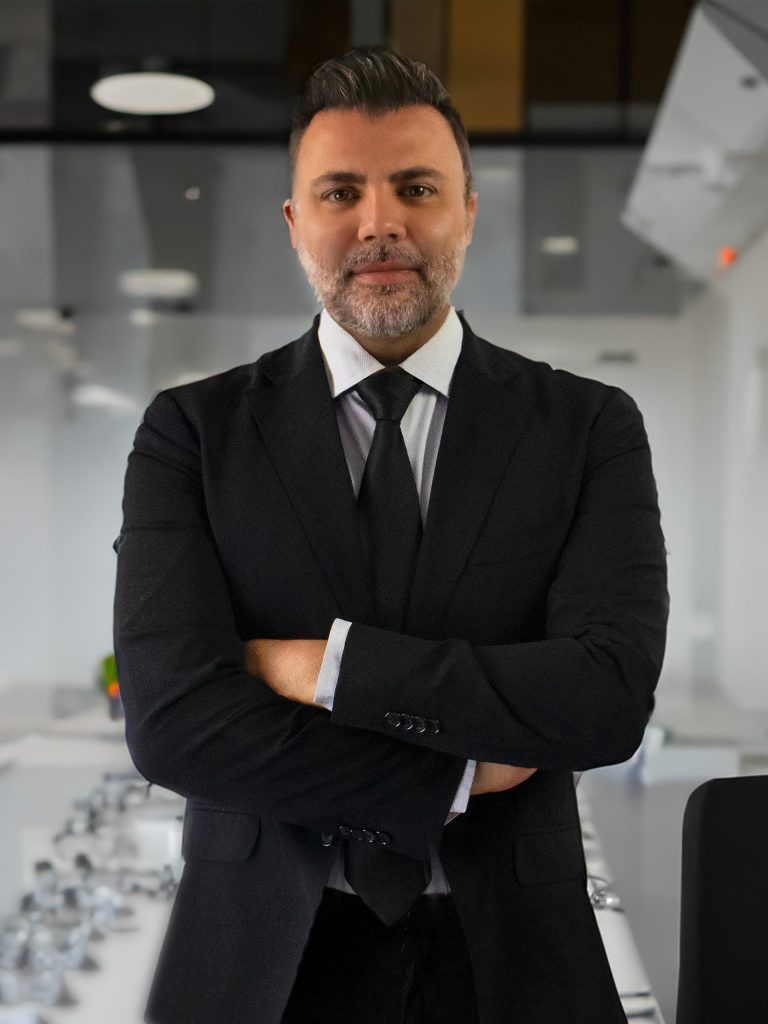
Eco-friendly solutions are also an important factor. “We’re seeing a shift towards clean, vegan formulations and sustainable product development, so we anticipate more eco-friendly and biodegradable makeup options,” said Chrabieh. Additionally, the push for greater diversity and inclusivity indicates that men’s cosmetics will likely expand to offer a wider range of shades and formulations, catering to various skin tones and types – with the help of AI. “As AI continues to advance in both men’s makeup and men’s fashion, we anticipate a greater integration of AI technologies in men’s cosmetics, from smart nail polish devices to AI-powered makeup production,” added Chrabieh.
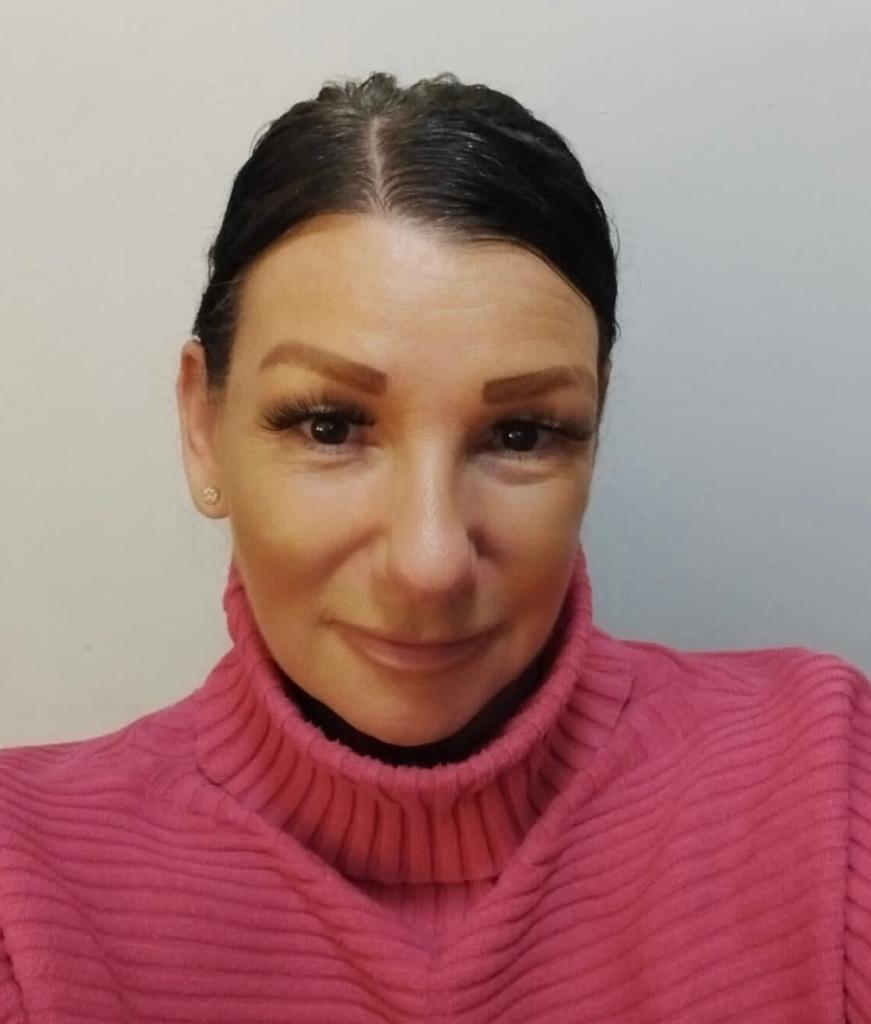
As consumers increasingly prioritise self-care and mental wellness, high-quality beauty products are becoming an essential part of many individuals’ daily routines. “As disposable incomes rise across Asia, especially in countries like China, India, South Korea, and Thailand, more men are willing to invest in grooming products too,” said Saint.
With men showing increasing interest in skincare, makeup, and grooming products, the industry is poised for continued growth. As brands innovate and more celebrities step into the spotlight, the male beauty market will only expand further, reshaping not just the beauty industry but the way men express themselves.
BurdaLuxury’s Lens
It’s evident that the beauty industry is not just about aesthetics – it’s about wellness, self-expression, and self-care. As consumers continue to prioritise mental health and overall well-being, they are seeking products that align with these values. High-quality beauty items, particularly in the male grooming space, are becoming daily essentials for those looking to enhance both their appearance and confidence. This shift is reflective of a larger cultural movement, where self-care rituals are increasingly viewed as critical components of a balanced, healthy lifestyle. Beauty is no longer skin deep; it’s a key part of mental and emotional well-being.


